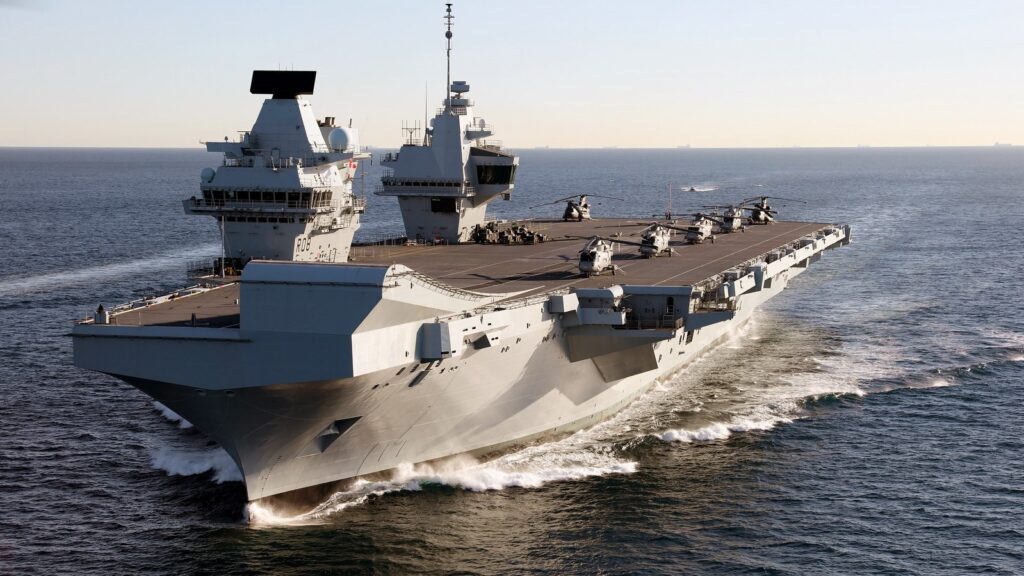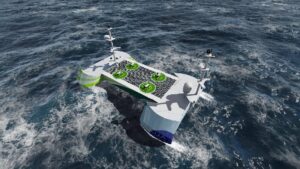Royal Navy flagship pulls out of historic Nato drill due to ‘rusty propeller’
 HMS QUEEN ELIZABETH ARRIVES IN GIBRALTAR FOR FIRST OVERSEAS VISIT
The Royal Navy’s new aircraft carrier HMS Queen Elizabeth will arrive in Gibraltar today for her first overseas port visit.
The 65,000 tonne future flagship will be conducting a routine logistics stop having left her home in Portsmouth last week for helicopter trials.
Images By PO PHOT Dave Jenkins
HMS QUEEN ELIZABETH ARRIVES IN GIBRALTAR FOR FIRST OVERSEAS VISIT
The Royal Navy’s new aircraft carrier HMS Queen Elizabeth will arrive in Gibraltar today for her first overseas port visit.
The 65,000 tonne future flagship will be conducting a routine logistics stop having left her home in Portsmouth last week for helicopter trials.
Images By PO PHOT Dave Jenkins
One of the UK’s most state-of-the-art aircraft carriers has been withdrawn from a historic Nato drill after last-minute checks revealed mechanical issues with the propeller.
HMS Queen Elizabeth had been due to sail on Sunday evening (4 February) on a massive mission to Norway’s Arctic coast, which is one of the largest Nato exercises since the Cold War.
The Royal Navy confirmed the £3.5bn, 65,000-ton ship would be replaced by its sibling ship, the HMS Prince of Wales. In a message posted on social-media platform X, the Navy said routine pre-sailing checks identified an issue with a coupling on the vessel’s starboard propeller shaft.
Many media reports claim that the issue is related to rust found on the propeller.
Routine pre-sailing checks yesterday identified an issue with a coupling on @HMSQNLZ starboard propeller shaft. As such, the ship will not sail on Sunday.@HMSPWLS will take her place on NATO duties and will set sail for Exercise Steadfast Defender as soon as possible. pic.twitter.com/ImAeTU80vi
— Royal Navy (@RoyalNavy) February 3, 2024
A cross-party group of MPs issued a statement on Sunday accusing the Navy of contending with ‘readiness gaps and capability shortfalls’.
Just 18 months ago, HMS Prince of Wales broke down near Portsmouth after setting sail for America – also due to a faulty propeller shaft.
The Ministry of Defence (MoD) said on Sunday that the propeller problem on HMS Queen Elizabeth was ‘separate and not linked’ to the defect on Prince of Wales.
‘The ship’s propeller shafts are too big to be made from a single piece of metal, so each shaft is made from three sections, which are connected using shaft couplings, which bind the shaft sections together,’ the MoD said, echoing the Navy’s explanation that the issue was related to the shaft couplings without going into specifics.
The last-minute change of plan is the latest in a series of embarrassing gaffes for the Navy, which has attracted criticism for being underprepared during a period of intense tension in the Red Sea.
Earlier this month, a Royal Navy minesweeper collided with another in Bahrain, when a wiring error inadvertently sent the vessel into reverse.
MIN recently reported that the Royal Navy had attracted criticism for appearing ‘desperate’ after advertising for a rear-Admiral on Linkedin.
Main image courtesy of Dave Jenkins/InfoGibraltar via Wikimedia.










